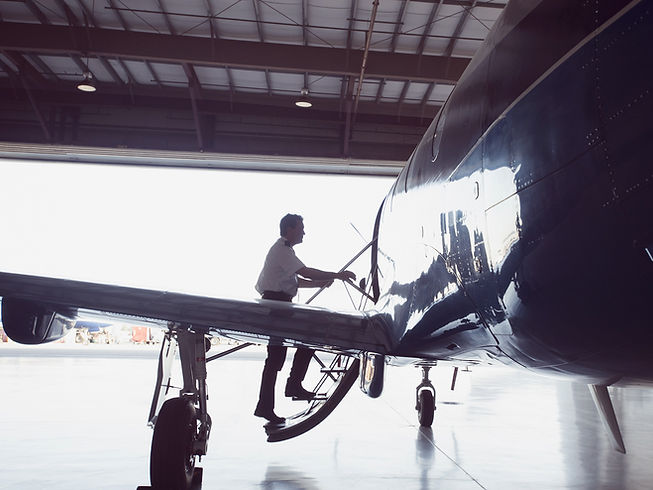KITA AIR
Vision
Sugeng rawuh to Kita Air! Founded alongside our parent company Suarga Air, Kita Air is a low-cost airline that caters to the domestic needs of the beautiful people of Indonesia. Kita, which means “together” in Javanese, aims to connect the multitudes across the world’s largest archipelago. Operating out of Soekarno–Hatta International Airport in the capitol Jakarta, Kita Air also aspires to regain the trust in aviation safety that other Indonesian airlines have squandered away over the last few decades.
Mission
To be the first name in safety, efficiency and customer loyalty in Indonesian domestic aviation
Core Values
Safety: Creating an environment in which employees and customers feel protected and cared for
Professionalism: Meeting challenges head on and crossing hurdles as a committed team
Value for Money: Creating a cost efficient yet comfortable ride for everyone
Airline Strategy


Domestic Market
Market Profile
Kita Air has chosen Jakarta’s Soekarno–Hatta International Airport as its hub of operations. Sharing a hub with Suarga Air allow Kita Air to seamlessly transition domestic passengers to international passengers. Our many daily flights allow options for connecting flights between domestic and international destinations. With the largest population of any destination in our network, the capital city offers a vast business market accessed by both international and domestic venturers.
Consequently, the centralised location of Jakarta within Indonesia allows Kita Air to more efficiently route and plan its network. A hub-and-spoke pattern allows relative ease of planning and implementing and efficient and cost effective method of reaching the target demographic. As an archipelago of around 18,000 islands, Indonesia uniquely relies existentially on the ability to navigate between major populations that are more often than not situated on another island. The largest islands of Sumatra, Borneo, Java, and Sulawesi house the majority of the population, allowing us to tap into these markets more successfully.
Domestic Market
While Indonesia’s unique geographical properties encourage its population to rely on transport between its islands, a steady declining trend in average domestic load factors was observed. While it peaked at 85% in 2011, the Indonesian aviation industry as experienced a steady decline over the last few years. However, a sharp increase in total passengers carried within Indonesia has multiplied approximately five fold in the same period.
The best explanation for this observed trend is the explosion of multiple high capacity players in the Indonesian domestic market. The slow growth rate of the Indonesian Gross Domestic Product (GDP) may also play a crucial role. Over the last 7 years, the GDP growth has averaged approximately 6%. This slow growth along with a depreciating Rupiah may have led to the fall in overall domestic demand. Furthermore, the local overpopulation crisis has added a challenging facet, putting additional pressure on yields, profitability and load factors.
However, the Indonesian government has increased aviation regulatory reforms to stimulate investment in the aviation industry. In order to increase investment in the aviation sector, the Indonesian government has eliminated and optimized some regulatory requirements to eliminate double supervision and double charges.
These regulations cover all aspects of the aviation industry, including commercial airlines, airports, airmail, air cargo, flight schools, ground infrastructure, online air transport permits, and more. In addition, the government simplified 98 licenses and reduced license processing time by 50%. To support the domestic aircraft maintenance, repair and overhaul industry, the government has exempted 21 import tax on aircraft components through an eight-stage policy since 2013.

The Competition

Competition
The Indonesian domestic market is an oligopoly controlled Our fiercest competition in the region would be Garuda Indonesia, Lion Air, Batik Air, and Sriwijaya Air. In the last decade, consolidation of multiple domestic carriers have left these four airlines as the dominant entities remaining. Batavia, Merpati and Mandala, which were prominent players during the boom of the Indonesian domestic market, ceased trading and operations in 2014. The remaining Garuda, Lion and Sriwijaya groups were best poised to remain as the market leaders as the groups and market are expected to see growth. Enter Kita Air.
Lion Group is expected to see further expansion late into the 2018. Their high of 49% (2013) has experienced substantial growth to 51% (2017). As a majority market share holder, Lion Group’s coverage of the Indonesian market is extensive and thorough. Being in competition with Lion Group, Kita Air avoids destinations saturated by Lion Group.
Finally, expanding mainly via its low cost carrier CitiLink, Garuda Indonesia Group has more than doubled its domestic market share. While parent company Garuda Indonesia has halted expansion of its domestic routes, CitiLink continued vigorous expansion from 2% to 12% in 2015.


Revenue
Kita’s strategy for profits heavily relies on ancillary revenue- the profit margins are slim on LCC business models hence Kita Air aims to profit on:
-
On board entertainment
-
snacks and beverages
-
check-in luggage
-
Priority boarding and check-in services
-
Overweight and oversized carry-ons
-
Insurance
-
Code sharing
-
Maintenance outsourcing